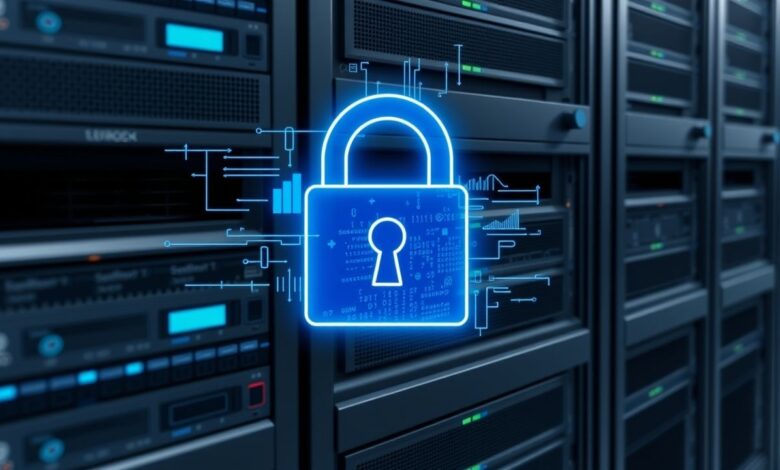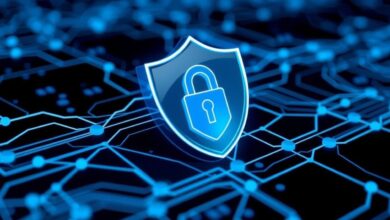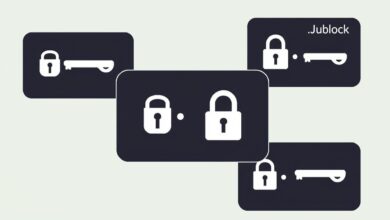Master Key: Essential Best Practices for Strong Server Passwords and User Authentication

In today’s digital landscape, securing servers against unauthorized access is paramount. Weak authentication mechanisms are a primary target for attackers seeking to compromise systems, steal data, or disrupt services. Implementing robust User Authentication Best Practices is not just advisable; it’s a fundamental requirement for maintaining server integrity and protecting sensitive information. This guide delves into the essential strategies, moving beyond outdated advice to embrace modern security standards.
The foundation of secure access often starts with the humble password, yet traditional approaches are evolving. Let’s explore the core components of a secure authentication system.
Crafting Unbreakable Keys: Strong Password Policies
For years, mandatory periodic password changes were standard advice. However, modern guidance, including recommendations from NIST (National Institute of Standards and Technology), emphasizes password *strength* over forced rotation. Why the shift? Frequent changes often lead users to create predictable patterns or slightly altered passwords, paradoxically weakening security. Instead, focus on these principles for strong passwords:
- Length is Strength: Require passwords to be a minimum of 12-14 characters, with longer being significantly better. Complexity increases exponentially with length.
- Complexity Matters: Enforce the use of a mix of uppercase letters, lowercase letters, numbers, and symbols.
- Avoid Predictability: Prohibit common dictionary words, sequential characters (abc, 123), personal information (birthdays, names), and previously breached passwords. Tools can check new passwords against known breach lists.
- Empower Users: Encourage the use of password managers. These tools generate and securely store long, complex, unique passwords for different services, alleviating the burden on users.
Focusing on creating a strong initial password and only requiring a change if there’s evidence of compromise is a more effective strategy than arbitrary rotation.
Beyond Passwords: The Imperative of Multi-Factor Authentication (MFA)
Passwords alone, no matter how strong, represent a single point of failure. Multi-Factor Authentication (MFA) adds crucial layers of security by requiring users to provide two or more verification factors to gain access. This is one of the most impactful User Authentication Best Practices you can implement.
Factors typically include:
- Something you know: Password, PIN.
- Something you have: A physical token, smartphone (via authenticator app or SMS), hardware key (like FIDO keys).
- Something you are: Biometrics (fingerprint, facial recognition).
Implementing MFA drastically reduces the risk of unauthorized access, even if a user’s password becomes compromised. Encourage the use of app-based authenticators or hardware keys over SMS-based MFA, as SMS can be vulnerable to SIM-swapping attacks.
[Hint: Insert video explaining how MFA works and its benefits]Securing the Gates: Transmission and Storage
How credentials are handled during login and stored on the server is critical. Neglecting these areas undermines even the strongest passwords and MFA setups.
- Encrypt Data in Transit: Always use strong encryption protocols like TLS (Transport Layer Security) – the successor to SSL – for all communication transmitting credentials (e.g., HTTPS). This prevents eavesdropping on login attempts.
- Secure Storage is Non-Negotiable: Never store passwords in plaintext or using reversible encryption. Industry standard requires strong, salted hashing algorithms (like Argon2, bcrypt, or scrypt). Salting adds unique random data to each password before hashing, preventing attackers from using precomputed rainbow tables even if they steal the hash database.
- Obfuscate Login Failures: Generic error messages like “Invalid username or password” prevent attackers from using brute-force attempts to determine valid usernames (user enumeration).
Embracing Modern Authentication Standards
While username/password remains common, modern standards offer enhanced security and usability. Consider incorporating:
- OAuth 2.0: An authorization framework enabling applications to obtain limited access to user accounts on an HTTP service. Often used for “Login with Google/Facebook” functionality.
- OpenID Connect (OIDC): Built on top of OAuth 2.0, it provides identity verification.
- SAML (Security Assertion Markup Language): An XML-based standard often used for Single Sign-On (SSO) in enterprise environments.
- FIDO (Fast IDentity Online): Standards like FIDO2/WebAuthn enable passwordless authentication using device-based credentials (like hardware keys or biometrics), offering strong phishing resistance. Learn more about FIDO.
These standards can improve user experience and significantly bolster security posture, aligning with current User Authentication Best Practices.
Additional Foundational Security Practices
Beyond passwords and protocols, other practices are vital:
- Principle of Least Privilege: Grant users only the minimum permissions necessary to perform their job functions. Avoid excessive administrative rights.
- Individual Accounts: Always use unique, named user accounts. Avoid shared or generic accounts, which make auditing and accountability impossible.
- Regular Audits: Periodically review user accounts, access logs, and permissions to ensure policies are enforced and identify potential issues.
- Rate Limiting & Account Lockout: Implement mechanisms to slow down or temporarily lock accounts after multiple failed login attempts to thwart brute-force attacks.
Conclusion: Building a Secure Foundation
Securing server access requires a multi-layered approach grounded in robust User Authentication Best Practices. By enforcing strong, complex passwords, mandating Multi-Factor Authentication, ensuring secure transmission and storage, and considering modern authentication standards, organizations can significantly reduce their attack surface. Remember that security is an ongoing process, requiring regular review and adaptation to evolving threats. Prioritize creating a safe, scalable, and user-friendly authentication system to protect your critical assets.
For more security insights, check out our related post on securing network infrastructure.



